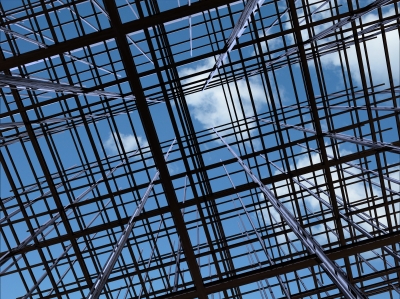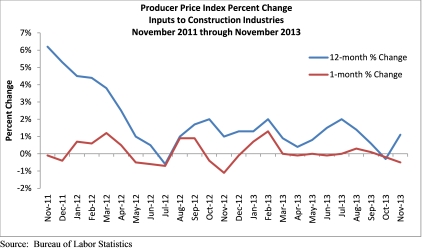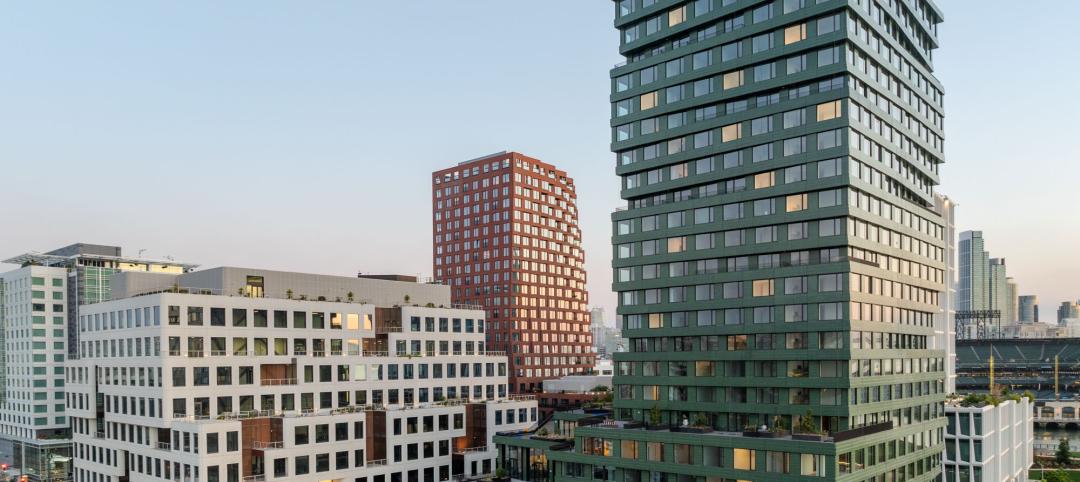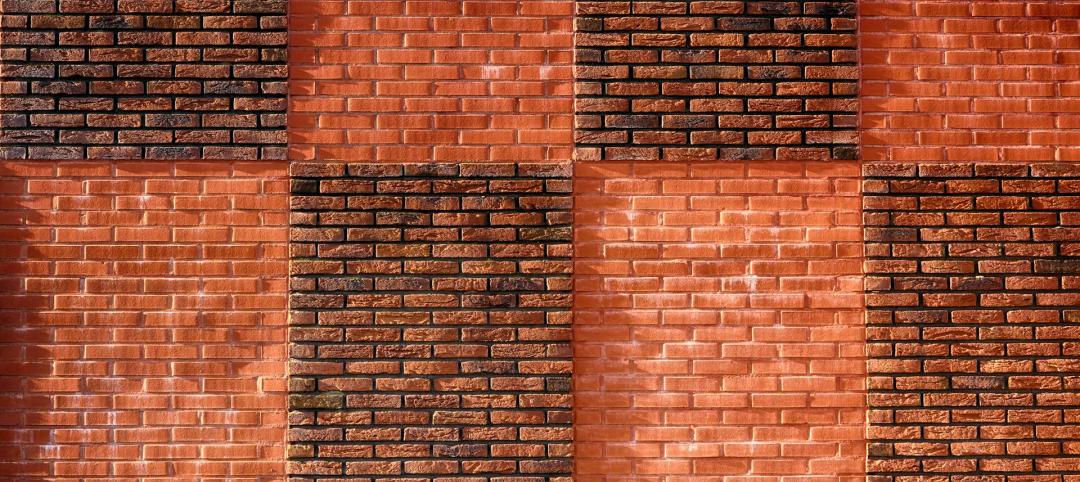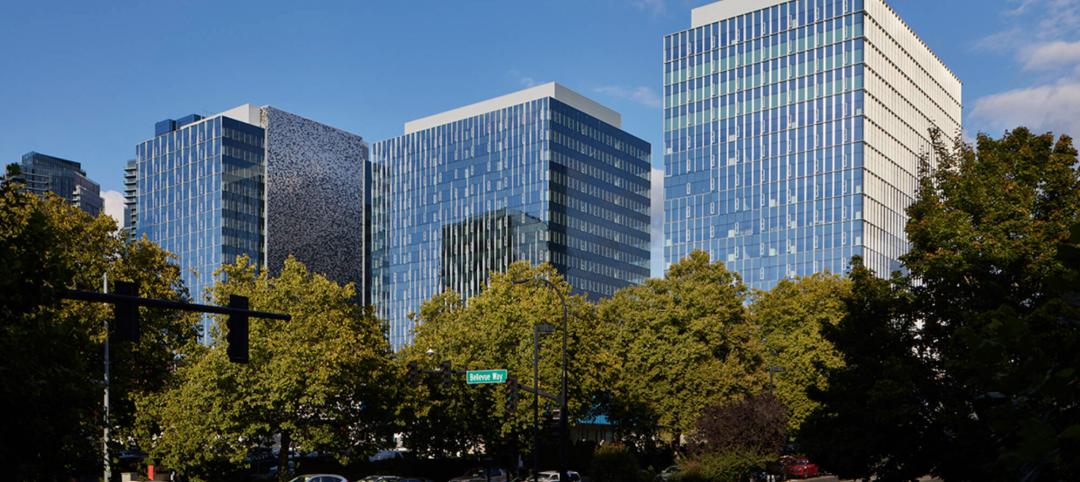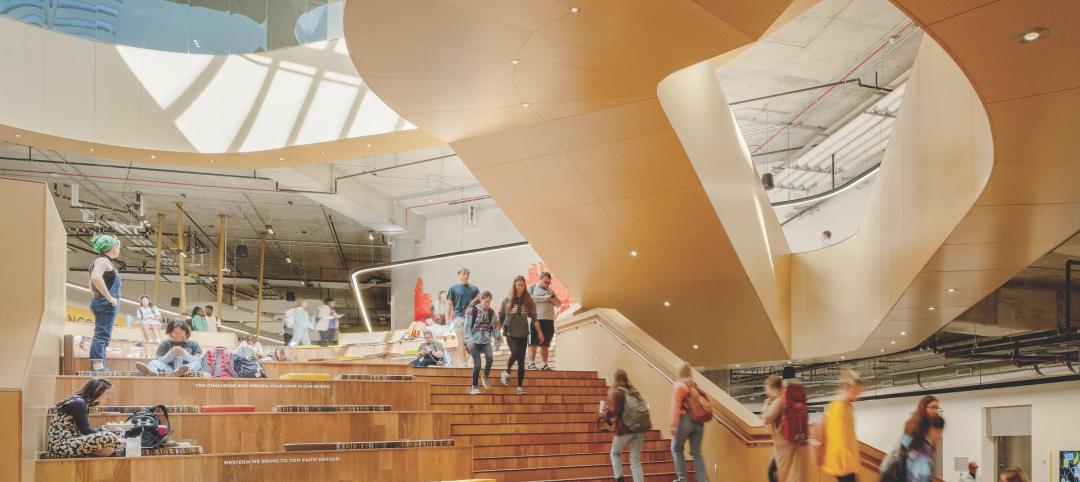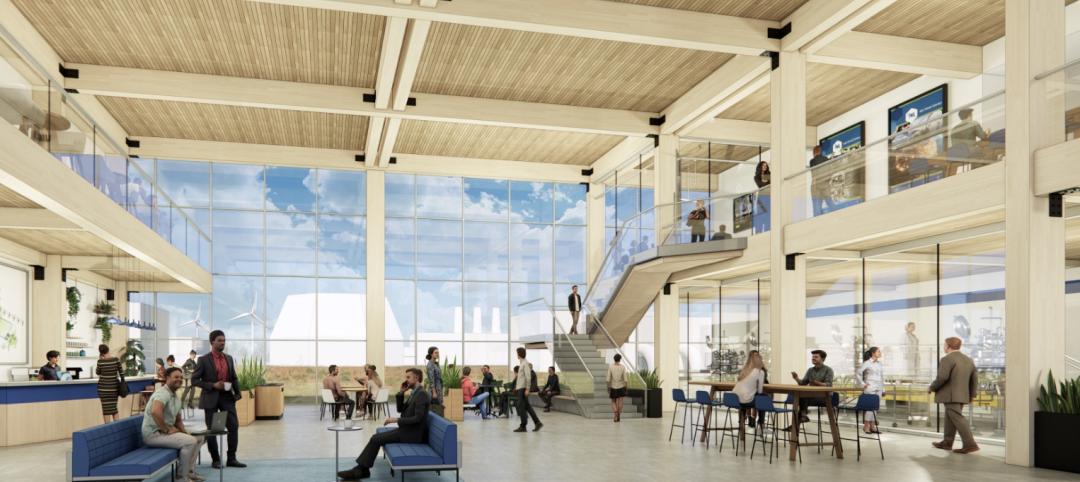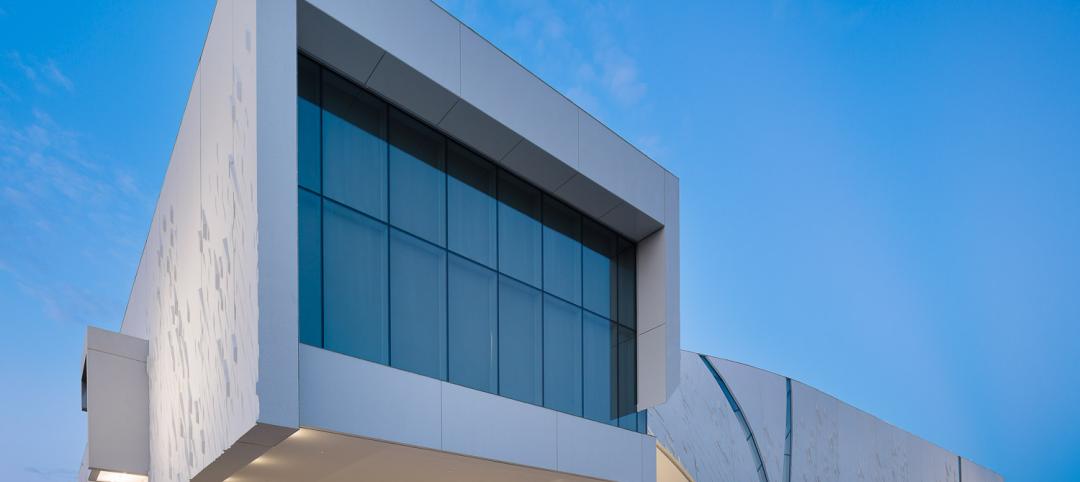Overall, construction materials prices fell 0.5 percent in November and are up only 1.1 percent year over year, according to the Department of Labor’s Dec. 13 Producer Price Index. Nonresidential construction materials are down 0.6 percent for the month and are 0.7 percent lower than the same time last year.
“November represented another month of remarkable stability for construction input prices,” said Associated Builders and Contractors (ABC) Chief Economist Anirban Basu. “Although many investors predicted significant inflation this year due to expansionary monetary policies in much of the developed world, there continues to be a lack of significant inflationary pressures both globally and nationally.”
Overall, the nation’s wholesale goods prices expanded 0.2 percent in November, but are down 0.9 percent year over year.
“Next year is unlikely to offer as much stability as 2013,” Basu said. “Global economic growth is set to accelerate and the apparent budget deal in Congress should produce greater certainty among businesses, helping improve an already benign national economic forecast. Tension in the Middle East also continues to be a consideration. Together, these factors suggest materials price increases may be at least slightly more rapid in 2014.”
THE FOLLOWING MATERIALS PRICES INCREASED IN NOVEMBER:
- Fabricated structural metal products were up 0.1 percent for the month and 0.3 percent year over year.
- Softwood lumber prices increased 2.6 percent on a monthly basis and are up 12.8 percent year over year.
- Natural gas prices were up 1.9 percent for the month and 3.3 percent on an annual basis.
- Nonferrous wire and cable prices rose 0.2 percent on a monthly basis and are down 3 percent year over year.
- Iron and steel prices were up 1.8 percent for the month and are down 0.1 percent compared to the same time last year.
- Prices for plumbing fixtures and fittings inched up 0.1 percent in November and are up 1.6 percent year over year.
- Steel mill products prices increased 0.8 percent in November but are down 0.6 percent compared to the same time last year.
THE FOLLOWING CONSTRUCTION INPUTS EXPERIENCED PRICE DECREASES IN NOVEMBER:
- Prepared asphalt, tar roofing and siding prices were down 3.8 percent for the month and 0.3 percent year over year.
- Crude petroleum prices fell 10.3 percent on a monthly basis but are up 0.9 percent year over year.
- Crude energy prices decreased 5.7 percent in November but are up 0.6 percent compared to the same time last year.
- Concrete products prices were flat in November and are up 2.8 percent year over year.
Related Stories
AEC Tech Innovation | Oct 8, 2024
New ABC technology report examines how AI can enhance efficiency, innovation
The latest annual technology report from Associated Builders and Contractors delves into how artificial intelligence can enhance efficiency and innovation in the construction sector. The report includes a resource guide, a case study, insight papers, and an essay concerning applied uses for AI planning, development, and execution.
Healthcare Facilities | Oct 8, 2024
Herzog & de Meuron completes Switzerland’s largest children’s hospital
The new University Children’s Hospital Zurich features 114 rooftop patient rooms designed like wooden cottages with their own roofs. The project also includes a research and teaching facility.
Mixed-Use | Oct 7, 2024
New mixed-use tower by Studio Gang completes first phase of San Francisco waterfront redevelopment
Construction was recently completed on Verde, a new mixed-use tower along the San Francisco waterfront, marking the end of the first phase of the Mission Rock development. Verde is the fourth and final building of phase one of the 28-acre project that will be constructed in several phases guided by design principles developed by a design cohort led by Studio Gang.
Brick and Masonry | Oct 7, 2024
A journey through masonry reclad litigation
This blog post by Walter P Moore's Mallory Buckley, RRO, PE, BECxP + CxA+BE, and Bob Hancock, MBA, JD, of Munsch Hardt Kopf & Harr PC, explains the importance of documentation, correspondence between parties, and supporting the claims for a Plaintiff-party, while facilitating continuous use of the facility, on construction litigation projects.
Glass and Glazing | Oct 7, 2024
Pattern language: An exploration of digital printing on architectural glazing
Architectural Glazing has long been an important expressive tool which, when selected and detailed thoughtfully, can contribute to the successful transformation of architectural concepts to reality.
University Buildings | Oct 4, 2024
Renovations are raising higher education campuses to modern standards
AEC higher ed Giants report working on a variety of building types, from performing arts centers and libraries to business schools. Hybrid learning is seemingly here to stay. And where possible, these projects address wellness and mental health concerns.
AEC Tech | Oct 3, 2024
4 ways AI impacts building design beyond dramatic imagery
Kristen Forward, Design Technology Futures Leader, NBBJ, shows four ways the firm is using AI to generate value for its clients.
Laboratories | Oct 2, 2024
Trends in scientific research environments: Q&A with Flad's Matt McCord
As part of an ongoing series, Matt McCord, AIA, NCARB, LEED AP BD+C, Associate Principal with Flad Architects, discusses the future of the scientific workplace.
Museums | Oct 1, 2024
UT Dallas opens Morphosis-designed Crow Museum of Asian Art
In Richardson, Tex., the University of Texas at Dallas has opened a second location for the Crow Museum of Asian Art—the first of multiple buildings that will be part of a 12-acre cultural district. When completed, the arts and performance complex, called the Edith and Peter O’Donnell Jr. Athenaeum, will include two museums, a performance hall and music building, a grand plaza, and a dedicated parking structure on the Richardson campus.
Data Centers | Oct 1, 2024
10 biggest impacts to the data center market in 2024–2025
While AI sends the data center market into the stratosphere, the sector’s accelerated growth remains impacted by speed-to-market demands, supply chain issues, and design innovation necessities.


